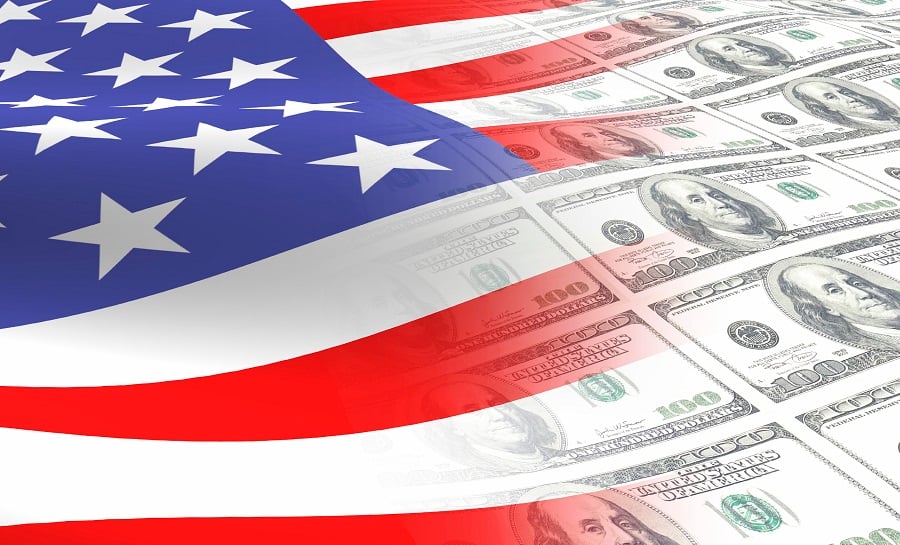

 |
 |
|---|---|
| Individual income taxes | Individual income taxes |
| Clinton: Would impose a 4% “fair share surcharge” on Americans making more than $5 million annually. Would implement the “Buffett rule,” imposing a minimum 30% effective tax rate on Americans making more than $1 million annually. | Trump: Would reduce the current seven tax brackets to three: 12%, 25% and 33%. |
| Capital gains and investment taxes | Capital gains and investment taxes |
| Clinton: Last year, Ms. Clinton proposed higher capital gains rates on shorter-term investments. | Trump: Did not mention investment taxes. |
| Taxes on retirement plans | Taxes on retirement plans |
| Clinton: Would end what she calls the “Romney loophole” through “limiting the ability of the very wealthiest to game the system by sheltering large incomes in tax-preferred accounts,” a summary on her campaign website states. She also mentions building on President Barack Obama's proposals in this area. | Trump: Does not specifically mention taxation of retirement plans. |
| Estate tax | Estate tax |
| Clinton: Would restore the estate tax to 2009 levels, $3.5 million for individuals at a rate of 45%. In 2016, the estate-tax exemption is $5.45 million for individuals and $10.9 million for couples, with a 40% rate. She also would “crackdown on loopholes in the estate tax, including methods that people can now use to make their estates appear to be worth less than they really are.” | Trump: Would eliminate the estate tax. |
| Carried interest | Carried interest |
| Clinton: Would eliminate this deduction that is used by private-equity practitioners. | Trump: Would also eliminate this deduction. |
| Child care | Child care |
| Clinton: Would expand the child tax credit. | Trump: Would provide an “above-the-line deduction” for child-care expenses, according to a campaign fact sheet. Low-income taxpayers could deduct them from their payroll taxes. |
| Corporate taxes | Corporate taxes |
| Clinton: Does not specifically mention corporate taxation in her plan. | Trump: Would establish a top corporate tax rate of 15%, which also would apply to businesses that are operated on the proprietor's personal income-tax return as a pass-through. |

Relationships are key to our business but advisors are often slow to engage in specific activities designed to foster them.

Whichever path you go down, act now while you're still in control.

Pro-bitcoin professionals, however, say the cryptocurrency has ushered in change.

“LPL has evolved significantly over the last decade and still wants to scale up,” says one industry executive.

Survey findings from the Nationwide Retirement Institute offers pearls of planning wisdom from 60- to 65-year-olds, as well as insights into concerns.
Streamline your outreach with Aidentified's AI-driven solutions
This season’s market volatility: Positioning for rate relief, income growth and the AI rebound
